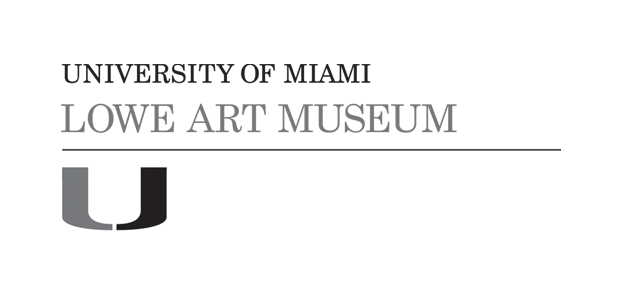Portrait of a Roman Matron
Artist/Maker
Artist Unknown
(Artist Unknown)
Datelate 2nd to early 3rd century
CultureRoman
Mediummarble
DimensionsOverall: 11 1/4 x 7 1/2 x 8 1/4 in. (28.6 x 19.1 x 21 cm)
ClassificationsVisual Works
Credit LineMuseum purchase through funds from Colonel C. Michael Paul
Terms
Object number93.0003
On View
On viewCollections
3D Model Link
Artist Unknown
late 19th to early 20th century (printed 1992)













